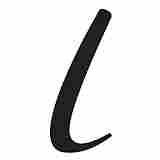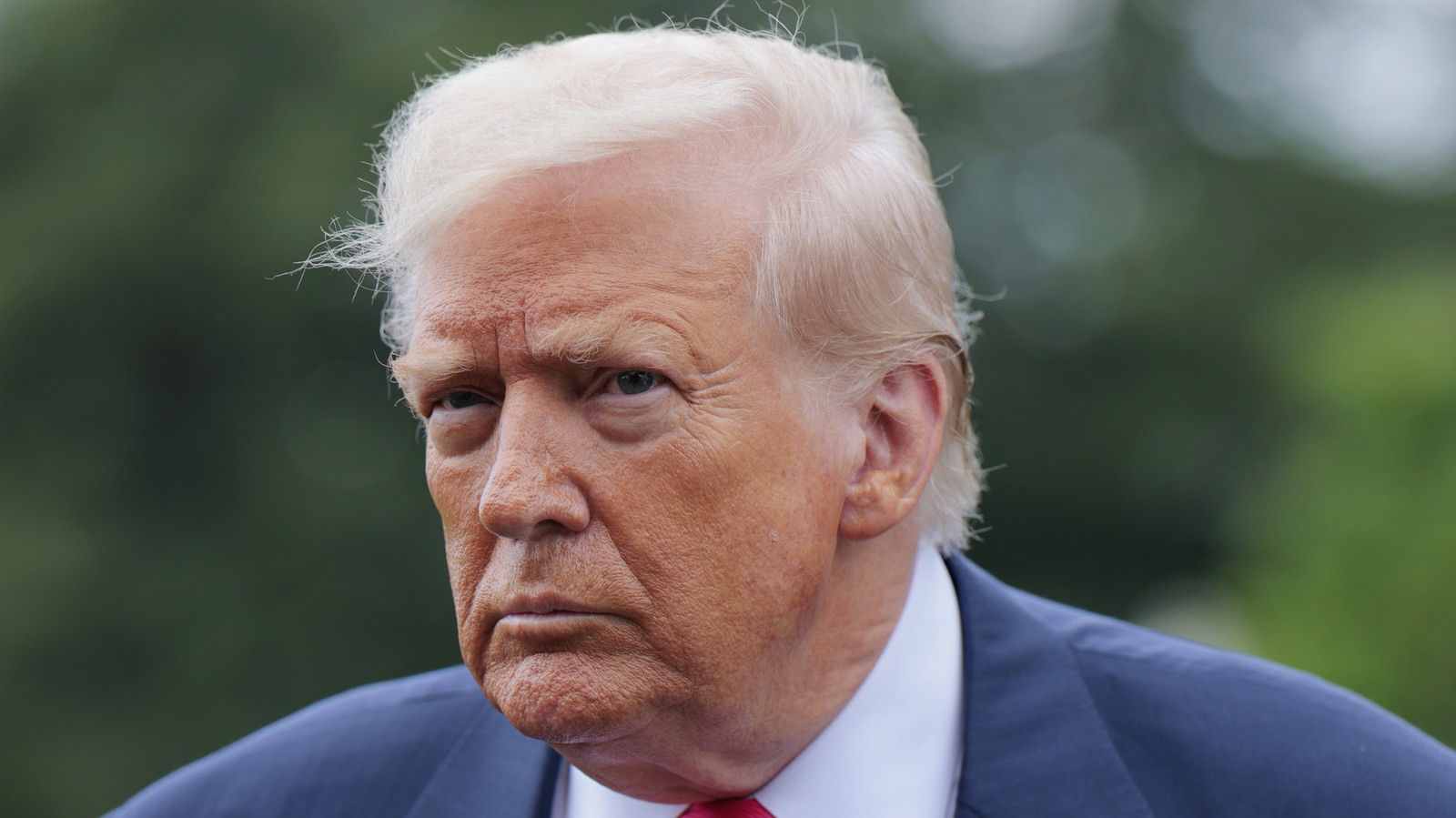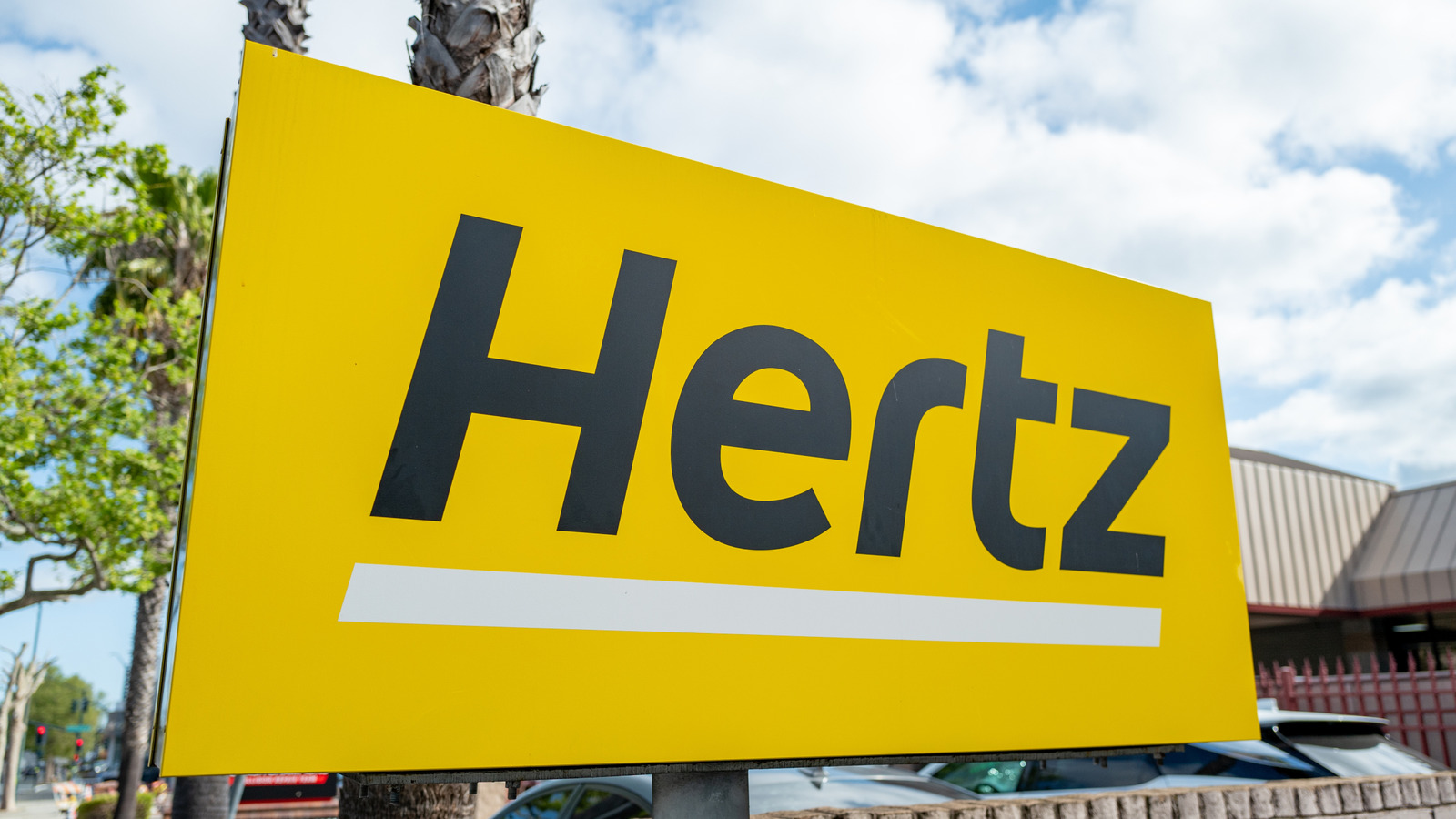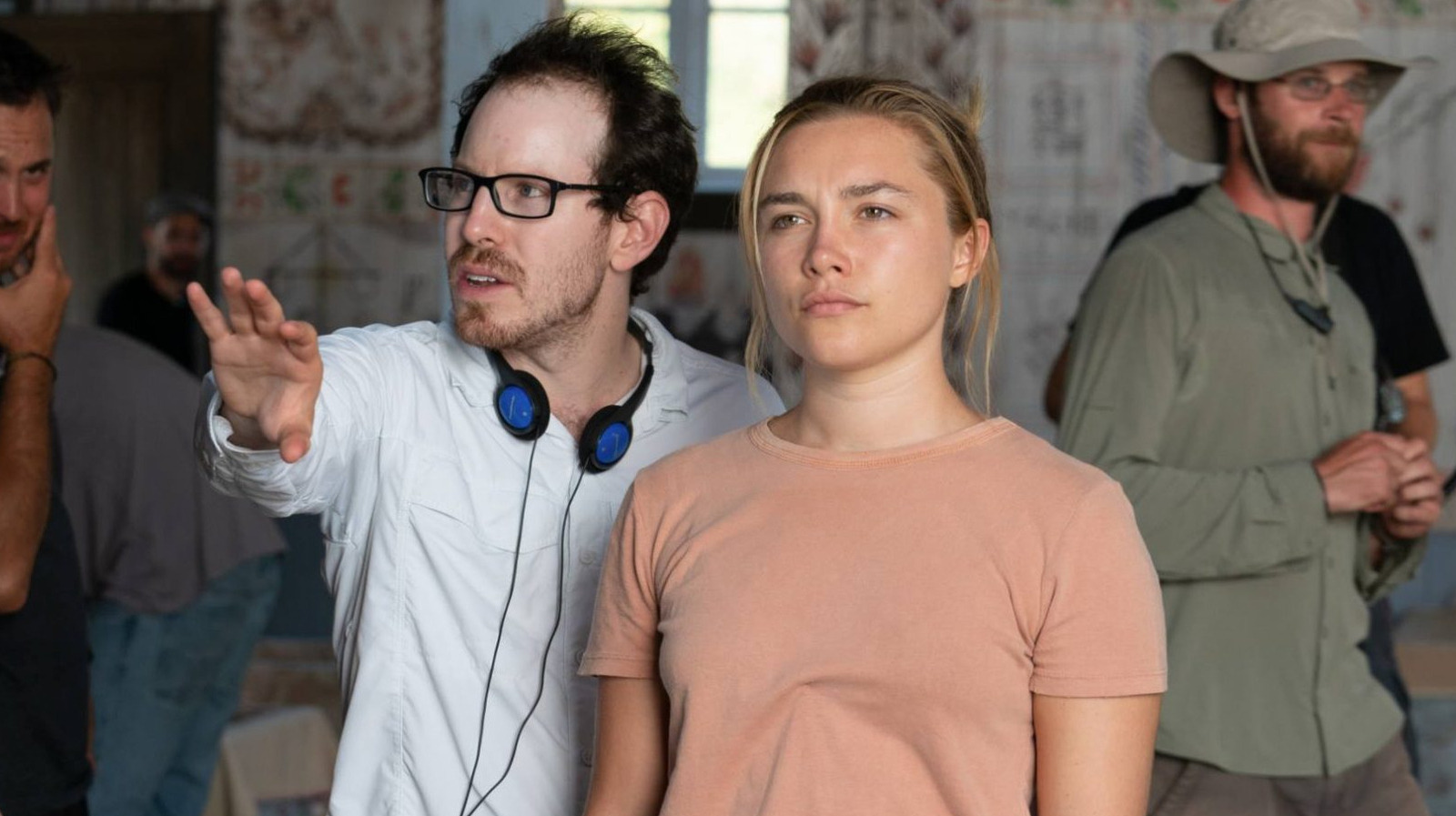
With just one selection in the first 100 picks of the 2025 MLB Draft, the Yankees had little room for error and few opportunities to land a prospect they could confidently envision making a sizable impact in the near future. Their first-round pick fell 10 spots to 39th overall due to the team being over the luxury tax, and they used it on Dax Kilby, a high-school shortstop with an advanced hit tool and mature plate approach. There are plenty of reasons to be excited about Kilby, but he was the only
player the Yankees were able to draft until the end of the third round when they selected another shortstop, Kaeden Kent out of Texas A&M, 103rd overall.
Their draft strategy landed somewhere in the middle of the approaches they took in the last two years. In 2024, Brian Cashman & company leaned heavily into the college pitching market, selecting Ben Hess out of Alabama in the first round and Bryce Cunningham out of Vanderbilt in the second. These were both upside picks based on frame and arsenal, as neither Hess nor Cunningham had the surface level stats you would expect from their draft slots. Both pitchers have shown promise this season at High-A Hudson Valley, but they’ve also both missed significant time due to injury. Third-round pick Thatcher Hurd underwent Tommy John surgery in February, but the next three picks (Gage Ziehl, Greyson Carter, and Griffin Herring — all also college pitchers) have each impressed at various levels of the minors in 2025. In total, 19 of the 20 players drafted by the Yankees last summer came from the college pool.
In the 2023 Draft, the Yankees made one of their best picks in recent memory toward the end of the first round — current top prospect George Lombard Jr. Lombard was the first high school shortstop the Yankees drafted in the first round since Anthony Volpe in 2019, and his ascension to the top of their prospect rankings has been a huge success for the organization. They also drafted Roc Riggio in the fourth round, a second baseman who has enjoyed a breakout of his own in 2025, mashing across High-A and Double-A to the tune of a 177 wRC+. Other draftees from that class include Kyle Carr, a lefty they drafted in the third round who’s having a strong 2025 despite a lack of strikeout numbers, and Cade Smith, a college arm who is still under the radar but possesses elite traits on his fastball.
As I noted yesterday, the most obvious comparison to the 2023 draft is the fact that the Yankees selected a high school shortstop with their first pick in each, and prioritized hitters towards the top of each class. Lombard was more of a consensus first-rounder two years ago than Kilby is now, and it goes without saying that the team would be thrilled if Kilby’s development follows a similar path to Lombard’s. There are some similarities between Kent and Riggio’s profiles as well, as both players have balanced uppercut swings from the left side, draw a ton of walks, and (despite Kent’s current classification as a shortstop) will likely stick at second base for much of their professional careers.
Kilby ended up being the only player the Yankees drafted out of high school. Each of the 18 players they drafted between rounds three through twenty were from the collegiate pool, echoing the strategy they deployed a year ago. They drafted another deep crop of college arms, as five of their eight selections from rounds four to eleven were pitchers. Kilby and fourth-round pick Pico Kohn (LHP - Mississippi State) were the only draftees who were ranked on MLB Pipeline’s Top 250 (Kilby was #62, Kohn #122). Kohn is 6-foot-4 and his arsenal consists of a fastball, slider, and changeup. The slider is widely considered his best pitch, but his mid-90s fastball plays up against hitters due to a low arm slot and vertical approach angle. Much like Hess and Cunningham, the Yankees are prioritizing upside with Kohn over previous results. He had a 4.73 ERA this season, though he did strike out 32.6% of the hitters he faced.
Other interesting pitchers in the Yankees draft class include Rory Fox from Notre Dame, Mac Heuer from Texas Tech, Blake Gillespie from UNC Charlotte, and Ben Grable from Indiana. Fox had his best season as a junior, posting a 3.58 ERA as a starter. He throws strikes, and Baseball America praised the strikeout potential of his slider. The 6-foot-5, 265-pound Heuer falls in line with the Yankees’ recent tendency to prioritize large-framed pitchers with shaky track records. He had a 6.12 ERA in the Big 12, but his frame and lively fastball make him the exact type of project the Yankees love to develop.
Make it seven punchies!
— Texas Tech Baseball (@TTU_Baseball) May 10, 2025
Mac freezes a UCF batter to get through the fourth!
UCF: 2
Tech: 0#WreckEm | @jeffreyMacHeuer pic.twitter.com/E6GCZl3rVM
Gillespie, unlike most recent Yankee draft picks, doesn’t possess a big fastball and instead relies on a breaking ball which dominated college hitters. He likely profiles as a reliever. The same goes for Grable, who posted a 4.31 ERA in his final season at Indiana and ranked outside Baseball America’s top 500.
The college hitters they drafted in this range were Core Jackson from Utah, Richie Bonomolo Jr. from Alabama, and Connor McGinnis from Houston. Jackson is a Canadian shortstop who hit above .360 in each of his last two seasons. He added some power this season, hitting 12 homers while stealing 20 bases. Bonomolo is an outfielder, the first player they selected who isn’t a shortstop or a pitcher, and has a strong power-speed combo with a priority towards the latter. A Bronx native and Cardinal Hayes graduate, he hit eight homers and stole 16 bases at Alabama this past year. McGinnis is a lefty second baseman with an advanced hit tool who slashed .343/.450/.610 at the University of Houston this year but also missed significant time due to an injury.
In total, the Yankees drafted ten pitchers, five shortstops, two outfielders, a first baseman, and a second baseman. The heavy collegiate approach was to be expected after last year, particularly in the later rounds when most high school players still on the board will likely opt against signing and try their luck in college. The Yankees love using the draft as a tool to find depth prospects they can develop and use in future trade packages, so it wouldn’t be surprising to see some of the players from this class used for that purpose sometime down the road.
Of course, the prospect to keep the closest eye on from this draft class is Kilby. Seeing the Yankees select a high school shortstop at the top of the draft is exciting, and Anthony Volpe and George Lombard Jr. have provided a track record of developmental success that the organization will try to follow with Kilby. Coming off a season that ended in a World Series appearance in which the team was over the luxury tax threshold, limiting its options in the draft, it makes sense to gamble a little and try to find as much upside as possible.
Having just one pick in the top 100 makes that more difficult. This was never going to be a draft in which the Yankees would be able to secure consensus high-end talent, and they played the hand they were dealt by drafting to their strengths and betting on a young, advanced hitter.
How do you feel about the Yankees draft class? Do you think Kilby will follow in Lombard’s footsteps and be a top prospect this time next year? Will the player development team be able to turn some of these college arms into future starters? Let us know by sharing your opinions in the comments below!
In case you missed it, check out Pinstripe Alley’s full draft coverage!
- Round 1: Dax Kilby
- Round 3: Kaeden Kent
- Round 4: Pico Kohn
- Round 5: Core Jackson
- Rounds 6-10
- Rounds 11-15
- Rounds 16-20
- Draft Day 1 analysis
- Full Draft Tracker
More from pinstripealley.com:
- Assessing the Yankees’ two picks on Day 1 of the 2025 MLB Draft
- Futures Game: Lombard doubles, walks, steals, and swears
- Yankees 1, Cubs 4: Imanaga stifles Bombers in first-half finale
- Yankees Trade Deadline Coverage
- The hitting genius of Aaron Judge
- Pinstripe Alley’s Top 100 Yankees
- 2000 Yankees Diary: The 25th Anniversary of MLB’s Last Three-peat















